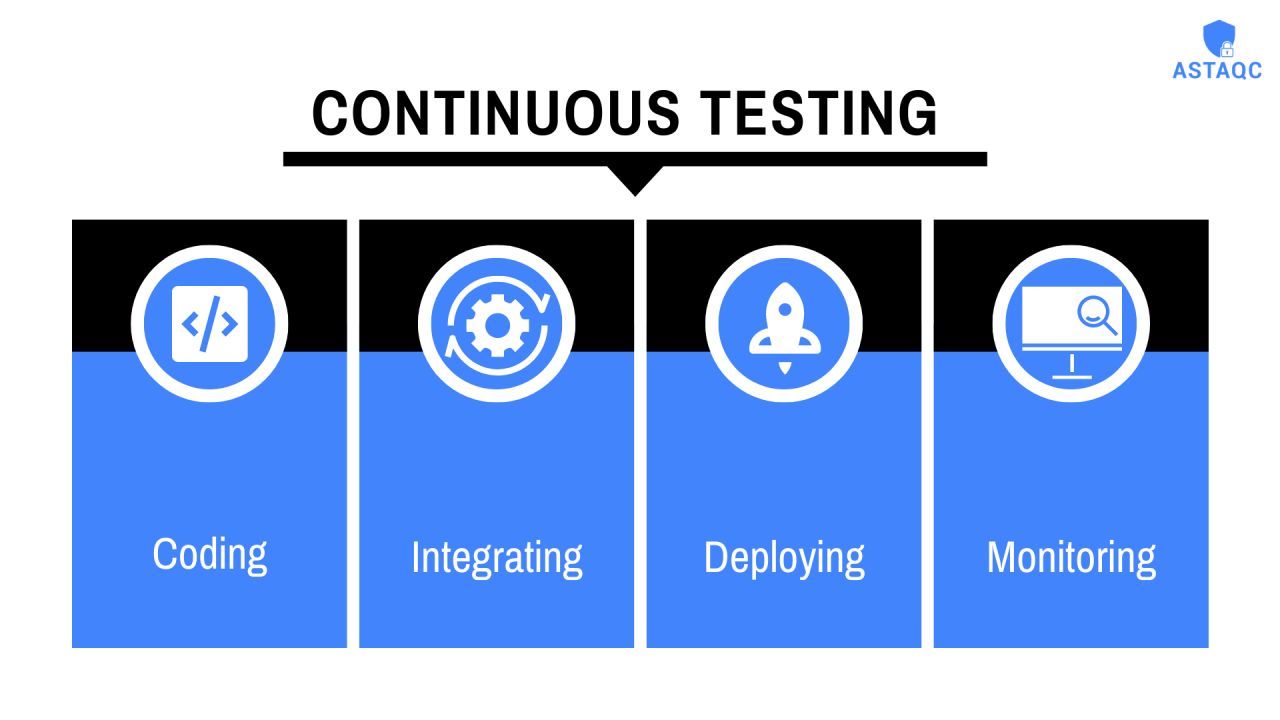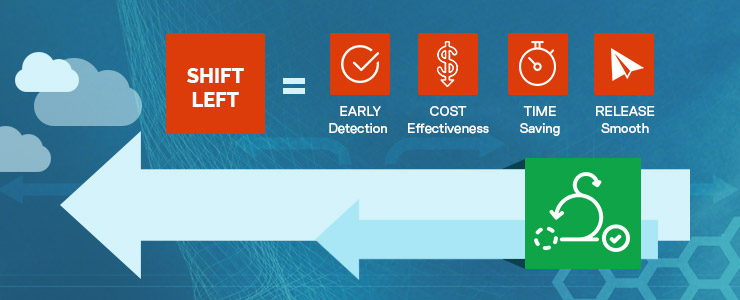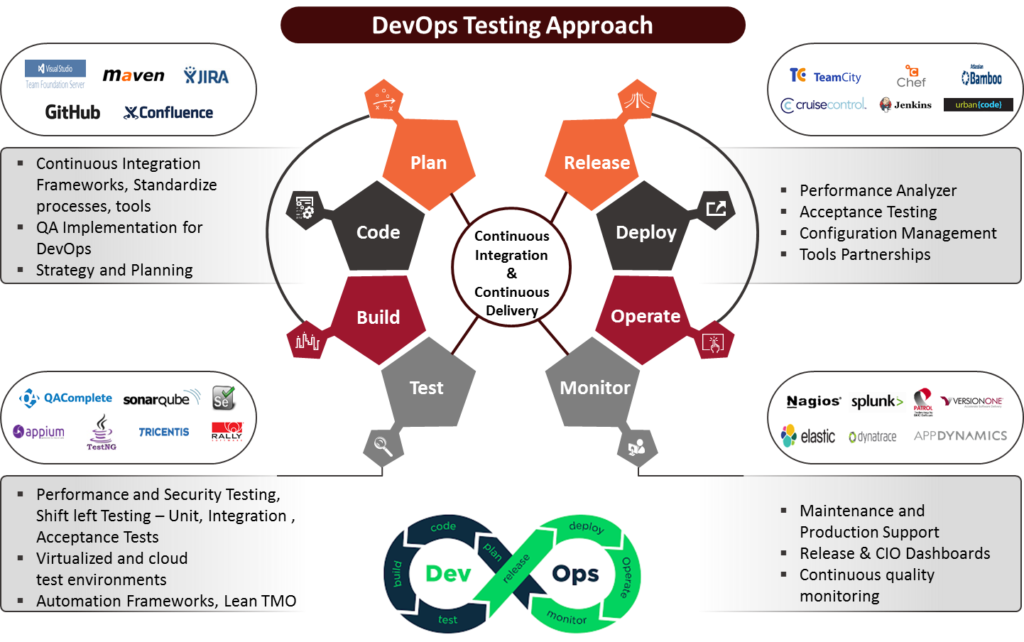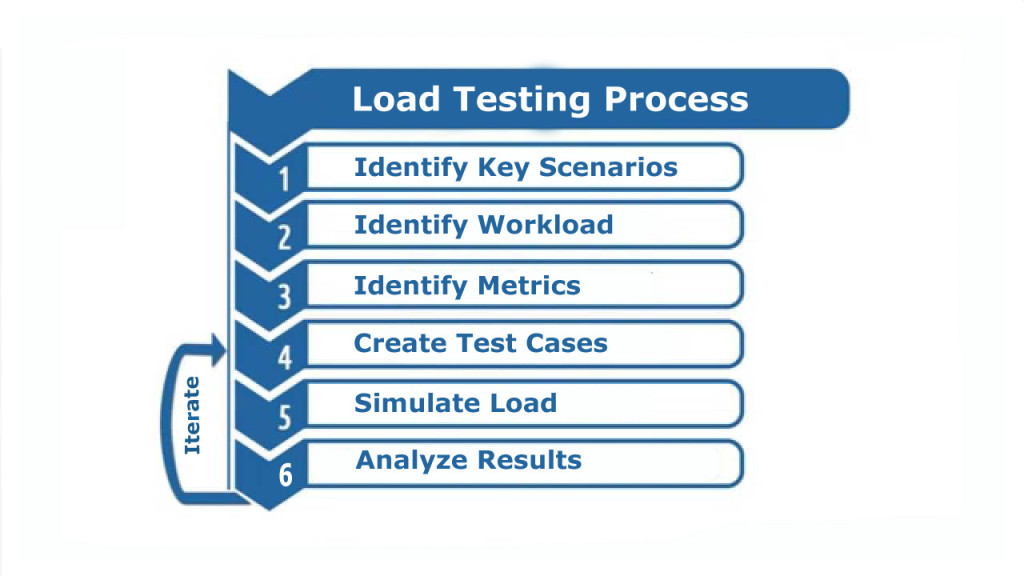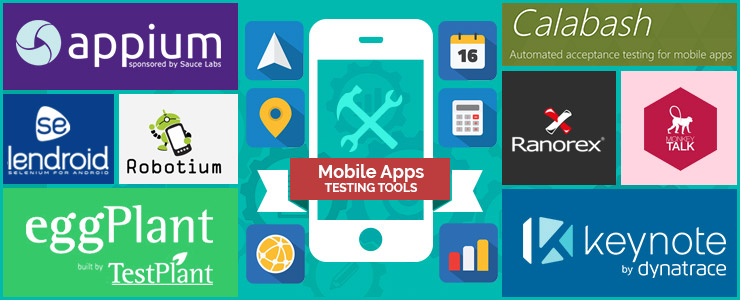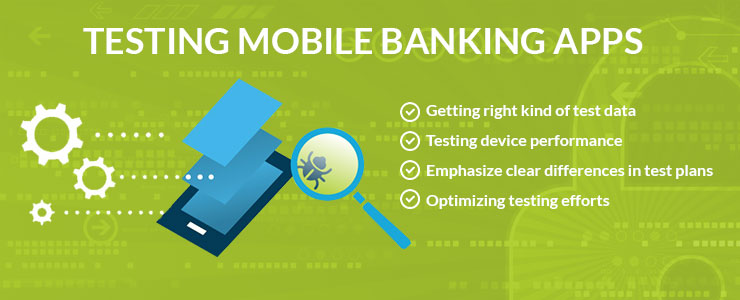With a growing move towards the cloud, mobility and eCommerce, there’s an increasing complexity in both developer and customer sides with respect to IT businesses. Despite competition heating up and the need to market quality products fast, the testing budgets aren’t expanding as they should have. With a limited budget that demands a lot to be done, agile practices and test automation have emerged as the driving force. Though agile is often perceived as applicable just to development teams, it needs the entire organization to adjust to become truly effective. Let’s see how a holistic view of testing and automation will power agile practices.
Download Whitepaper: Automation Testing in an Agile Environment
The entire team at work
Testing isn’t just the responsibility of testers. To bring stability and quality to applications early in the development process and ensure the business processes are flexible enough to keep pace with agile methodology’s iterative nature, the entire agile team needs to think holistically about testing and automation plans, approaches and tasks. Thus, from deciding what tests should be automated in agile environment, the most beneficial areas to automate within each sprint and for overall release, implementing TDD and BDD, maintaining and reviewing automated tests in agile environment and deciding when not to use automated tests, broad and collective thinking needs to be done by the agile team. It’s important to address the crucial pain points, highest risks and greatest value at first and then assign the work within the team to someone who has the expertise to handle it. since the decision are content-driven and need holistic thinking, you shouldn’t be surprised to find priority given to setting up a unit test framework and creating a unit test as compared to automating functional testing.
Tying tool technology with knowledge
A holistic view of testing needs will help set a good framework for your automation. From reusing elements (such as a button press function or edit filed) and codes across applications of a similar technology type, maintaining and updating changes to location from a centralized point, to maintaining flow control in error (where scripts stop, report error and return to a clean slate to get ready for the succeeding test) and detailed reporting of error, you can create an automated framework that’s not limited to a specific automation technique or tool. Holistic view will also let you expand the benefits of automation to areas like data mining, data cleanup, application sanity tests (conducted by environment support teams and in case of failure, offering a preliminary diagnosis). Thus, by blending automation with tools, techniques and business understanding, delivering high quality software consistently and at a pace will become a reality.
Bringing testers and users into the fold
How many times have you faced problems in your end product due to late involvement of testers in the development cycle? Does late user involvement bother you as you often find no direct link between a user’s requirement and the system features your developers and testers have implemented and tested? Solution to such problems lie in a holistic view where you use an automation approach with a scriptless, behavior-driven, tool agnostic approach to utilize end users effectively while involving testers early on, thus blending technical and domain skills of the team to deliver quality products that meet the end-users’ demands and needs effectively.
Download Whitepaper: The Role of Testing in DevOps and Agile
Increasing the automation footprint
Since each release in agile testing has multiple iterations and sprints, the number of changes and volume of work is quite high. Thus, increasing the automation footprints in all aspects of the delivery procedure will help organizations save cost and time as they will no longer depend on manual processes. For example, if you consider the operations layer of test environment, a few key areas you can automate involve knowledge management, reports and dashboards, and service desk. Apart from establishing a single point of contact, such automation will pave way for easy knowledge base access and better control and visibility through fast and detailed reporting. Again for the test environment layer of data and application, you can automate app installment and code deployment, test data generation, version management, service virtualization. These will help in quicker installation and code deployment, higher test data availability, testing at early stage and better test coverage. Thus, for continuous integration and continuous delivery, knowing what and how to automate is crucial.
The collective agile team also needs to consider all validation, verification and automation work to arrive at the most beneficial solution to the business at a given point of time. Want to know how you can use a holistic view of testing and automation in the agile setup for better decisions and quality outcomes? Feel free to drop us a line at contact us or reach us via Ph: 678-361-4357.






